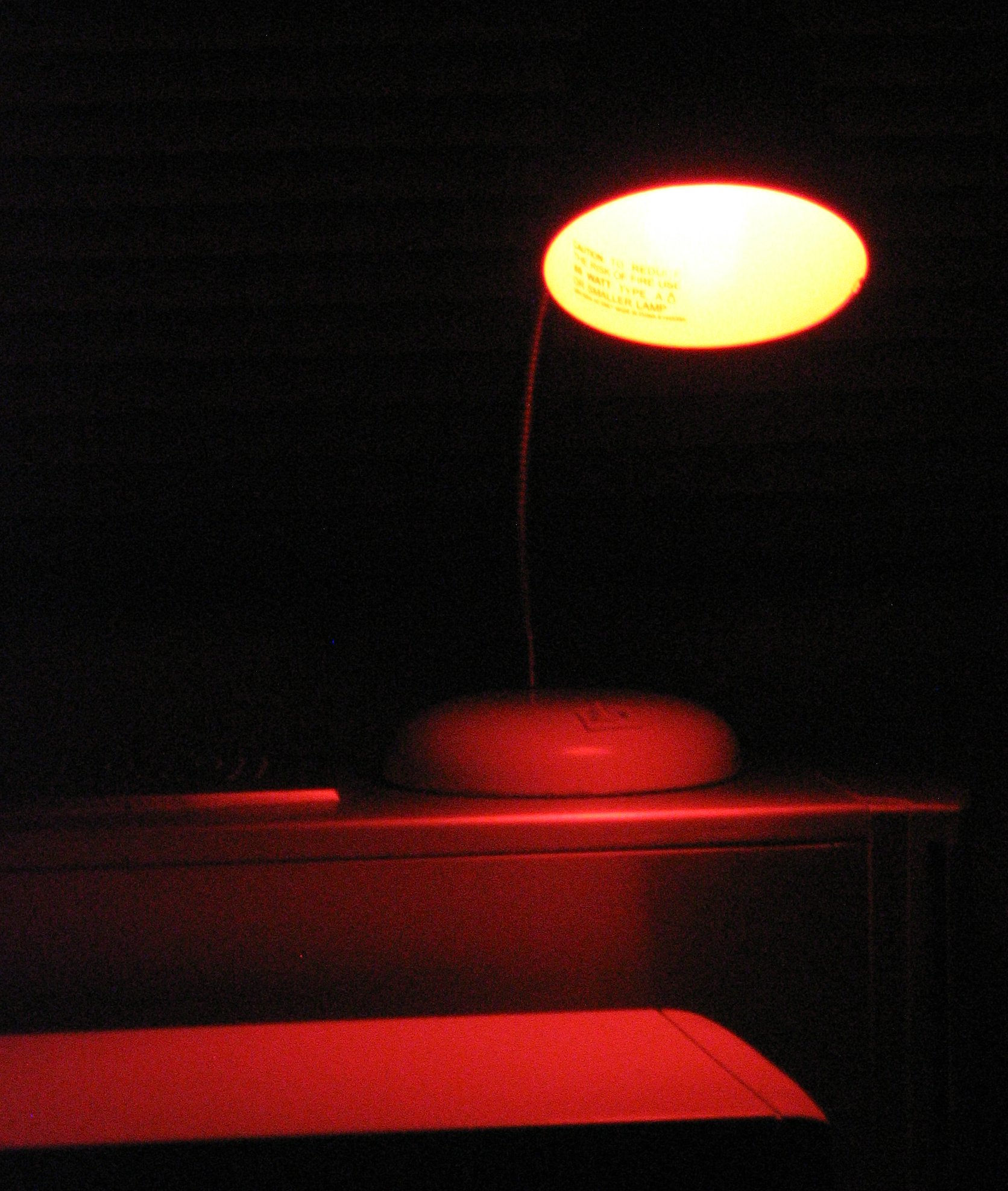
Contact sheets are the backbone of film editing and archiving. Whether you’re a student in your first darkroom class or a seasoned professional revisiting analog workflows, making a contact sheet helps you see the entire roll, evaluate exposure, and make editing marks just like the masters once did.
Materials Needed
- Enlarger with timer, negative sleeves, heavy glass or a contact printing frame.
- Paper: RC (resin-coated) for speed/easy washing vs FB (fiber-based) for archival depth and toning potential.
- Chemistry: Developer, stop bath, rapid fixer, running water, optional wash-aid (especially for FB).
- Safelight (amber/red) for B&W paper. For color RA-4, work in total darkness.

Step-by-Step Process
-
Arrange negatives on paper
Place enlarging paper (emulsion up) on the easel. Lay negatives emulsion-down. Cover with clean glass to ensure tight, flat contact. -
Test strip exposure
Expose a narrow strip with steps (e.g., 5/8/10/13s). Choose the first step where the clear rebate prints pure black this becomes your Standard Printing Time (SPT) for the roll.
-
Expose the full sheet
Print the whole sandwich (negatives + paper + glass) at the SPT. -
Develop → Stop → Fix → Wash
- RC: quick wash (~2 min typical).
- FB: archival sequence — 1 min fix, 5 min wash, 10 min wash-aid, 5–10 min final wash (longer if toning).
-
Dry and annotate Squeegee gently, dry flat. Mark selects with a grease pencil or china marker.
Pro Tips
- Print to maximum black: The rebate-to-black test standardizes proof density roll-to-roll.
- Editing marks: Circle selects, sketch crops those grease-pencil notes become a creative dialogue between photographer and editor.
- Contrast control: Use multigrade filters (00–5) if your sheet looks too flat or too harsh.

Color Contact Sheets (RA-4)
RA-4 is the standard process for color proofs from C-41 negatives:
- Expose RA-4 paper under the enlarger.
- Process in color developer + blix at ~35 °C / 95–100 °F.
- Use rotary or drum processors (e.g., JOBO) for even temperature control.
⚠️ Safelight caution: RA-4 paper is extremely sensitive. If you use a safelight at all, keep it very dim and far from the paper many printers work in total darkness.
Why they were popular: In editorial workflows (LIFE, Magnum, Vogue), color contact sheets let editors scan rolls, sequence images, and mark up selects for stories before final enlargements.
Conclusion
Even in 2025, contact sheets remain invaluable. They force you to view a roll holistically, reveal overlooked frames, and preserve a tangible artifact of your editing process. Whether made in a darkroom or generated digitally, contact sheets are still one of photography's most powerful tools for learning and storytelling.
Image Credits
- © Infrogmation — Contact Sheet Autumn 1993 – Milan — CC BY-SA 4.0 — via Wikimedia Commons.
- © Douglas Whitaker — SafelightAmberForBlackAndWhite.jpg — CC BY-SA 3.0 — via Wikimedia Commons.
- © きたし — Bw_test_strip.jpg — CC BY 2.5 / CC BY-SA 3.0 / GFDL — via Wikimedia Commons.
- Contact_sheet.png — CC BY-SA 3.0 / GFDL — via Wikimedia Commons.
- © Jacopo188 — Jobo CPE-2.JPG — CC BY-SA 3.0 — via Wikimedia Commons.